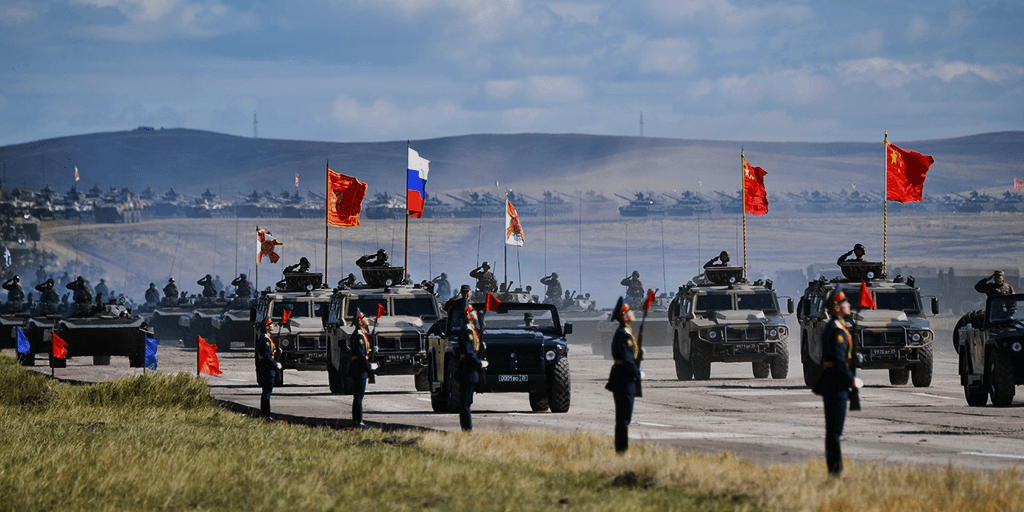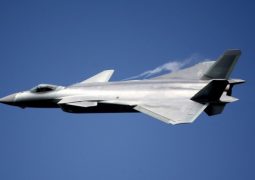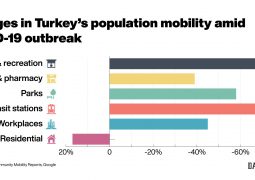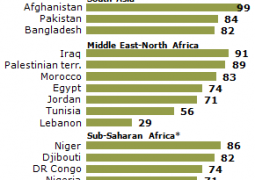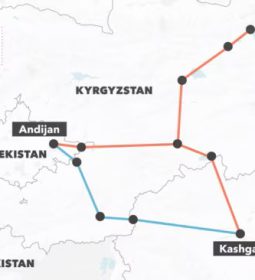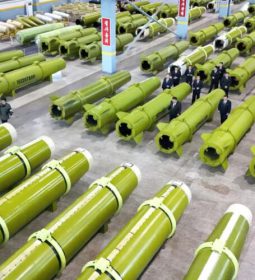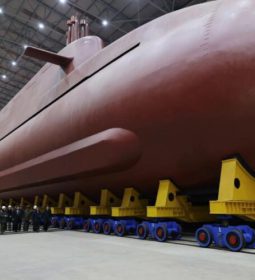East-West divide will sharpen- Imagining Europe after Ukraine war: 3 scenarios – Turkish expert

The war in Ukraine will determine the future trajectory of Europe, yet the continent’s actions will be equally influential
As the crisis in the Middle East continues, the war will inevitably expand further with the new generation of Israeli aggression against Lebanon. With a new widened front, we will face two major crises. One is focused on the Middle East and the other on Europe. The impact of both crises on establishing new regional orders will be critical. Leaving the Middle East for another article, let us look at how the outcome of the ongoing war in Ukraine will shape Europe’s security environment, which can be analyzed in three different scenarios: cooperative, competitive and hegemonic. I will discuss these scenarios based on three basic parameters: the strategic autonomy of Europe, the U.S. influence over Europe and Russia’s positioning in the framework.
A fruitful cooperation
In this scenario, the cooperative security environment is characterized by increased cooperation between European governments, the U.K.’s post-Brexit reinvigorated defense cooperation with the EU and Russia’s reconciliation and reintegration into Europe. Manifestation of these would be an increase in the number and scope of joint defense projects and production activities and a more conciliatory approach among the members of the union.

Previously, structures such as the European Defense Fund (EDF) and the Permanent Structured Cooperation (PESCO) were established to increase defense synergy. The EDF differs from PESCO in that it benefits from EU funds and encourages the cooperation of mutual firms rather than inter-state negotiations, reducing the role of critical state institutions such as defense ministries. Therefore, it is based on a supranational approach and aims for deeper cooperation than PESCO.
There are possible indicators of this cooperative security order in Europe, such as the increased strategic autonomy of the continent. The chronic problem of the inability to achieve supranational security and defense would be overcome through mechanisms such as the EDF. Increased NATO effectiveness but reduced U.S. dominance would be another outcome. NATO’s European pillar would strengthen and become more self-sufficient and independent of the U.S. Similarly, through increased costs, joint sanctions and more intense support for Ukraine, Russia would be contained and in the end, Russia could even be reintegrated into the system.
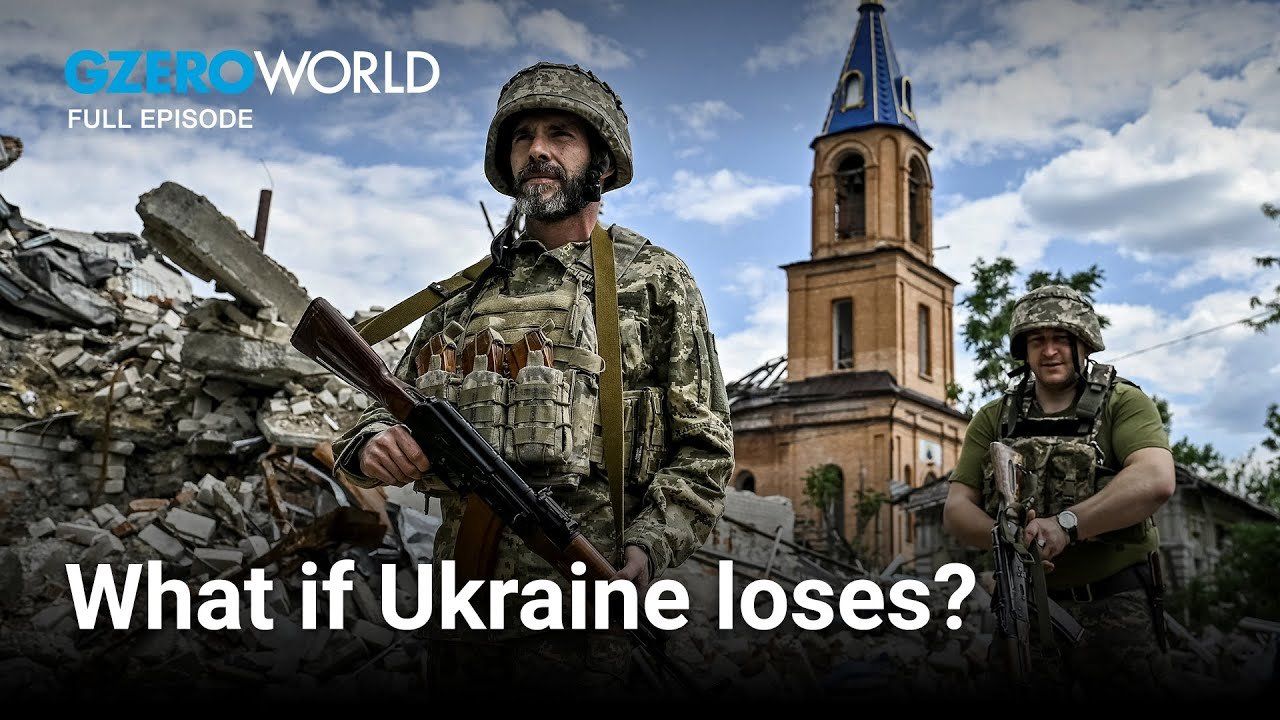
Competition and division
The second possible future for Europe’s security environment can be defined as competitive, which is likely to be a second Cold War with Russia. It may occur if differences among the European governments and the measures they take lead to incompatibility and skepticism among them and their relations with external actors throughout the Russia-Ukraine war. According to this, major powers on the continent, such as Germany, France and the U.K., pursue policies that prioritize their national interest. The European Sky Shield Initiative sparked debates within the EU, particularly between Germany and France, including open criticism in the press. In a competitive scenario, European governments would fail to reach a common consensus on how to address the threat from Russia, with its high use of missiles and kamikaze drones and accompanying air and missile defense concerns.
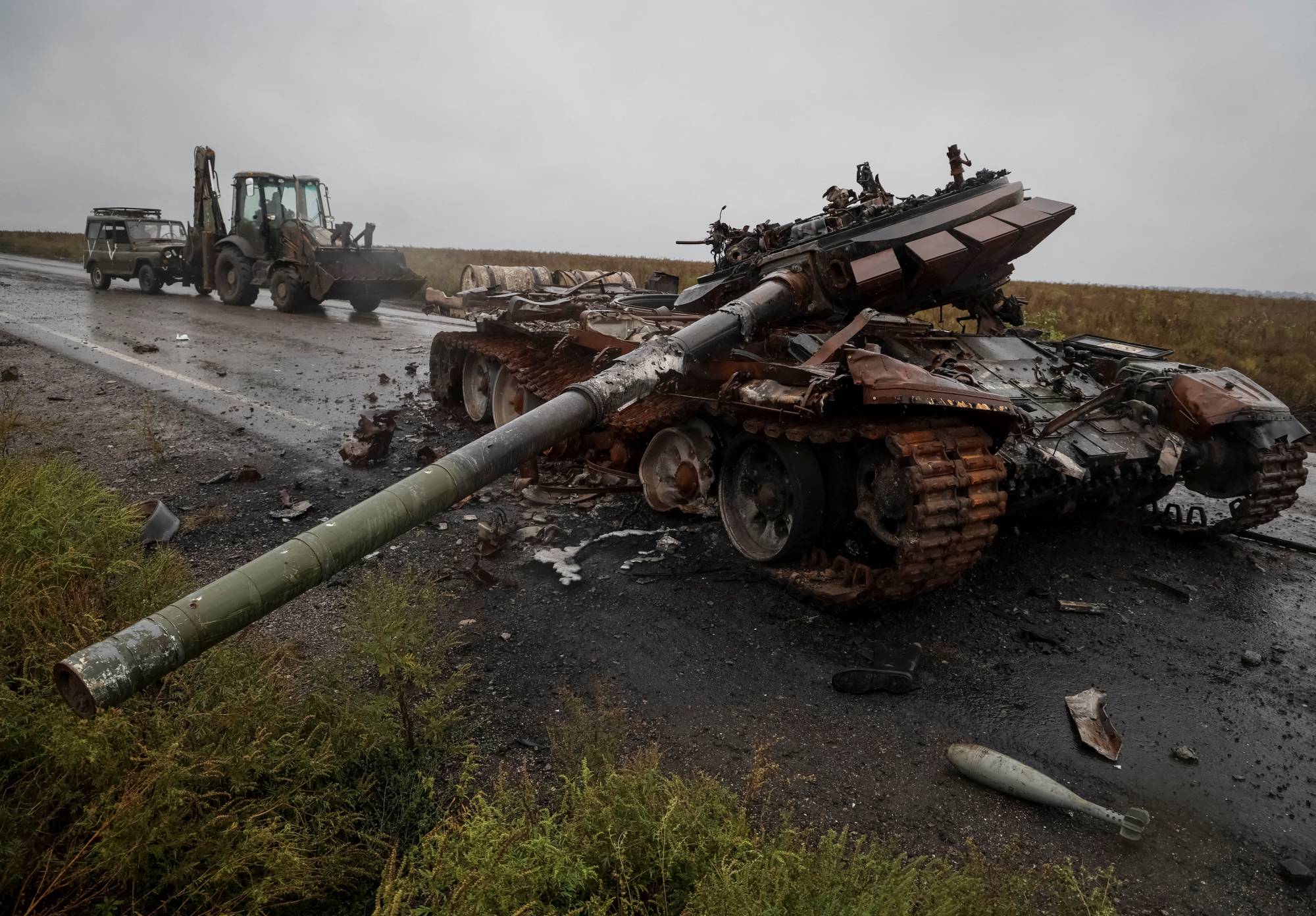
There are possible outcomes of this scenario as well. Nationalism and protectionism would continue to rise with the prioritization of the domestic defense industry, which is a practice favored especially by France. NATO’s effectiveness would also decline, as the European states fail to meet defense spending due to internal divisions and subsequent displeasure of the U.S. Trust in the EU would decline, leading Eastern Europe, the Baltics and the Balkans to rapid militarization, which would end up with new security dilemmas. Russia would maintain its position as a military power due to Europe’s inability to unite and lack of effectiveness. This would also enable Russia to intensify its disinformation campaigns and cyber and hybrid warfare practices within Europe. The final outcome of this scenario would be increased U.S. influence over Europe.
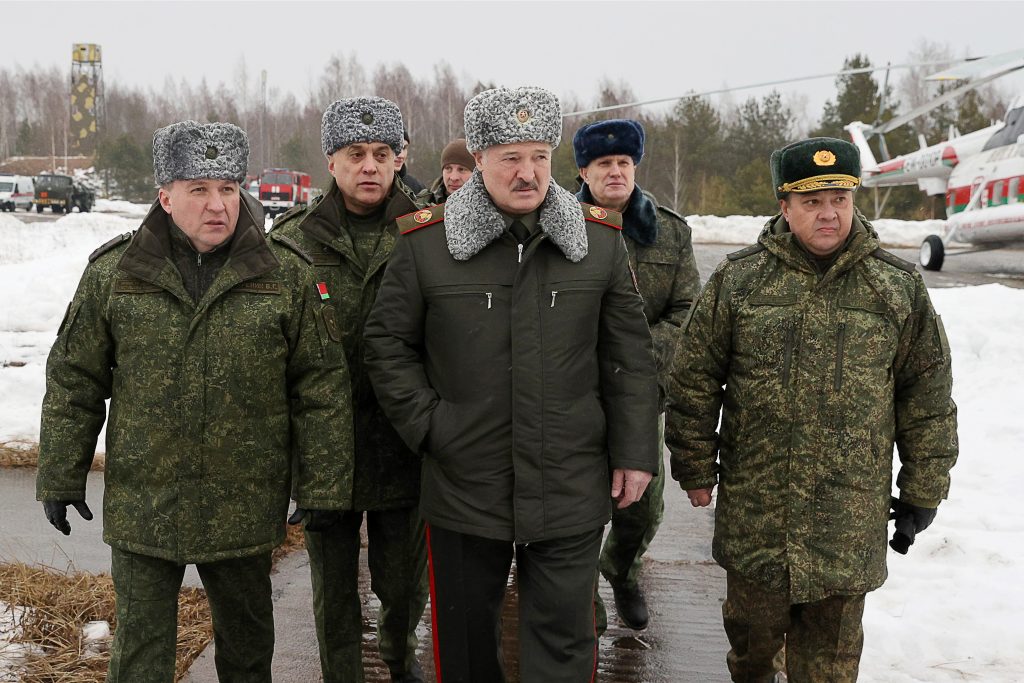
Restricted, dependent
The last possible security environment could be defined as hegemonic and restrictive, including a Cold War with China. This scenario would be an outcome of the inability to build strategic autonomy in the continent by creating common ground and producing enough projects within the framework of the EDF and PESCO structures. That would increase the U.S. influence in the defense and security of Europe.
Since the beginning of the war, despite the opposite declarations of European countries, more and more of their arms purchases have come from outside the union, with the U.S. being by far the largest source of supply. Many countries on the continent had already ordered the F-35 before the war, but it appears that additional orders were placed by countries such as Czechia, Germany, Switzerland and Romania. Countries with more modest defense budgets, such as Bulgaria and Slovakia, have also ordered F-16 Block-70 fighters from the U.S. For many of them, defense purchases from the U.S. are seen as a guarantee of American security and a continuation of the American military presence in Europe. If the strategy documents of the Baltic, Eastern European and Balkan countries are analyzed, it would be clear that maintaining and strengthening American presence in their territories is adopted as a strategic priority.

The possible consequences of the hegemonic security order would be the emergence of a bipolar world. With the American dominance, the EU’s claim to be a strong and independent actor in the global order would come to an end. Therefore, the weakening EU would adopt the policy of being a side actor of the U.S., while post-war weakened Russia would remain siding with China. The bipolarity will become more apparent and sharper. This would narrow the field of action. Due to American dominance and the characteristics of bipolar structures, small states, especially, would become even more dependent on the U.S. This would also lead to the U.S. increasing its immunity against defection.
Another result of this scenario would be Russia’s weakening and exclusion from the system. Since the U.S. would be empowered and dominant, it would ensure the continuation of the war, which may ultimately end with a governmental change. That would be a humiliating outcome for Russia. On the other hand, if Russia wins the war, it will be excluded entirely from the U.S.-dominated European security environment, and the East-West divide will sharpen.
All these scenarios I outlined are likely to hinge on the outcome of the war in Ukraine.
- Previous Macron has yet another problem: this time Anti-Riot Force Sent to Martinique, after New Kaledonia war
- Next New Marxist president in Sri Lanka – Anura Kumara Dissanayake


